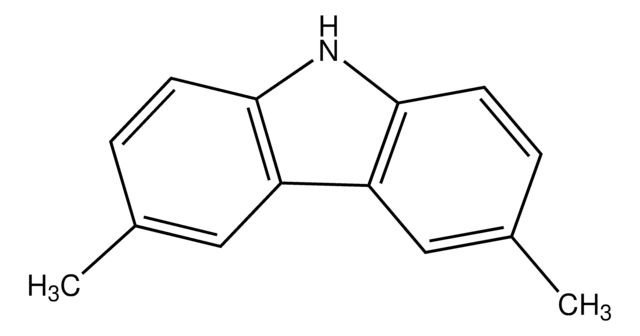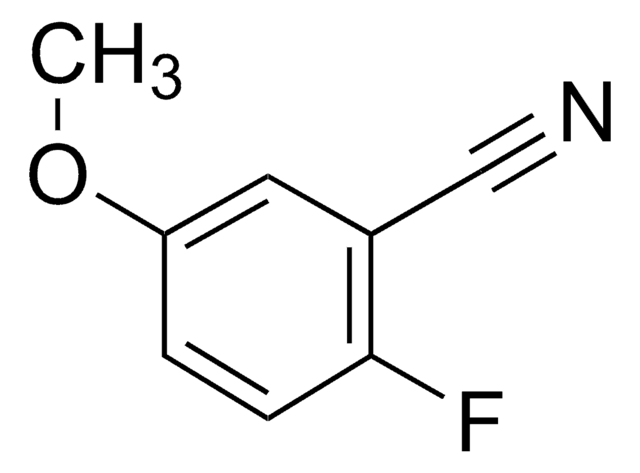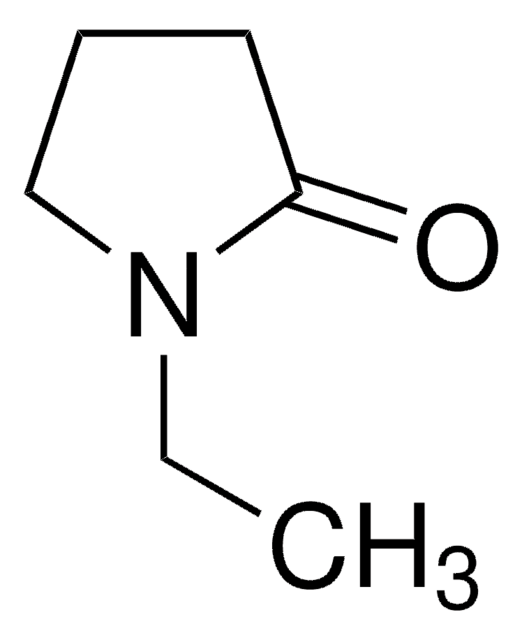BCR266
7H-Dibenzo[c,g]carbazole
BCR®, certified reference material
Sinonimo/i:
3,4,5,6-Dibenzocarbazole
About This Item
Prodotti consigliati
Grado
certified reference material
agenzia
BCR®
Produttore/marchio commerciale
JRC
tecniche
HPLC: suitable
gas chromatography (GC): suitable
Formato
neat
Temperatura di conservazione
2-8°C
Stringa SMILE
[H]n1c2ccc3ccccc3c2c4c1ccc5ccccc45
InChI
1S/C20H13N/c1-3-7-15-13(5-1)9-11-17-19(15)20-16-8-4-2-6-14(16)10-12-18(20)21-17/h1-12,21H
STJXCDGCXVZHDU-UHFFFAOYSA-N
Cerchi prodotti simili? Visita Guida al confronto tra prodotti
Risultati analitici
BCR266
Note legali
Avvertenze
Warning
Indicazioni di pericolo
Consigli di prudenza
Classi di pericolo
Acute Tox. 4 Oral - Carc. 2 - Eye Irrit. 2
Codice della classe di stoccaggio
11 - Combustible Solids
Classe di pericolosità dell'acqua (WGK)
WGK 3
Punto d’infiammabilità (°F)
Not applicable
Punto d’infiammabilità (°C)
Not applicable
Scegli una delle versioni più recenti:
Certificati d'analisi (COA)
Ci dispiace, ma al momento non ci sono COA disponibili online per questo prodotto.
Se ti serve aiuto, non esitare a contattarci Servizio Clienti
Possiedi già questo prodotto?
I documenti relativi ai prodotti acquistati recentemente sono disponibili nell’Archivio dei documenti.
Il team dei nostri ricercatori vanta grande esperienza in tutte le aree della ricerca quali Life Science, scienza dei materiali, sintesi chimica, cromatografia, discipline analitiche, ecc..
Contatta l'Assistenza Tecnica.![11H-Benzo[a]carbazole](/deepweb/assets/sigmaaldrich/product/structures/391/065/abfb4cba-81ab-44b8-a816-d8791a903400/640/abfb4cba-81ab-44b8-a816-d8791a903400.png)
![4H-benzo[def]carbazole AldrichCPR](/deepweb/assets/sigmaaldrich/product/structures/319/198/4208123a-456b-4f27-bc62-bc3af7c1d403/640/4208123a-456b-4f27-bc62-bc3af7c1d403.png)
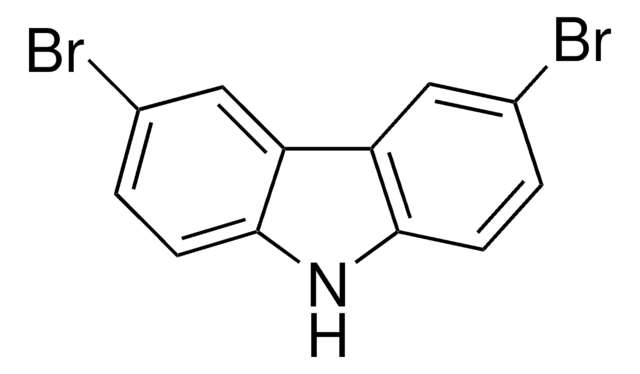
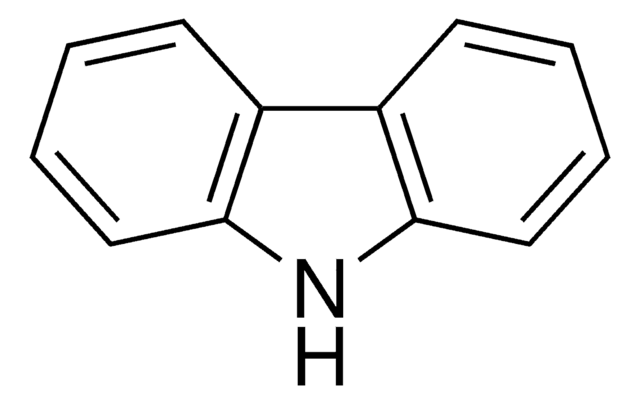
![[1,1′-Bis(diphenylphosphino)ferrocene]dichloropalladium(II)](/deepweb/assets/sigmaaldrich/product/structures/130/734/8846aa26-1858-458a-998d-8c306c13bf0f/640/8846aa26-1858-458a-998d-8c306c13bf0f.png)
![Dibenz[a,c]acridine BCR®, certified reference material](/deepweb/assets/sigmaaldrich/product/structures/409/012/e2e7efd7-cd34-4a89-b5b5-bf5a65110e69/640/e2e7efd7-cd34-4a89-b5b5-bf5a65110e69.png)

